Time-Of-Flight is an active-illumination technique for object detectance and distance measurement. System requires an NIR light source (4xSFH-4715AS in my case), Analog frontend sensor (OPT8241) and digital transformation (I ill use custom FPGA program). Texas instuments offers a prebuild development kit for ~600$, but vendor lock-in with opt9221 is annoying. So I will do it with ~99$ De0-Nano-SoC and some custom boards.
3D-ToF scanner
Project uses OPT8241 3D-ToF sensor, CycloneV FPGA with HPS and Linux OS
 Ianislav Trendafilov
Ianislav Trendafilov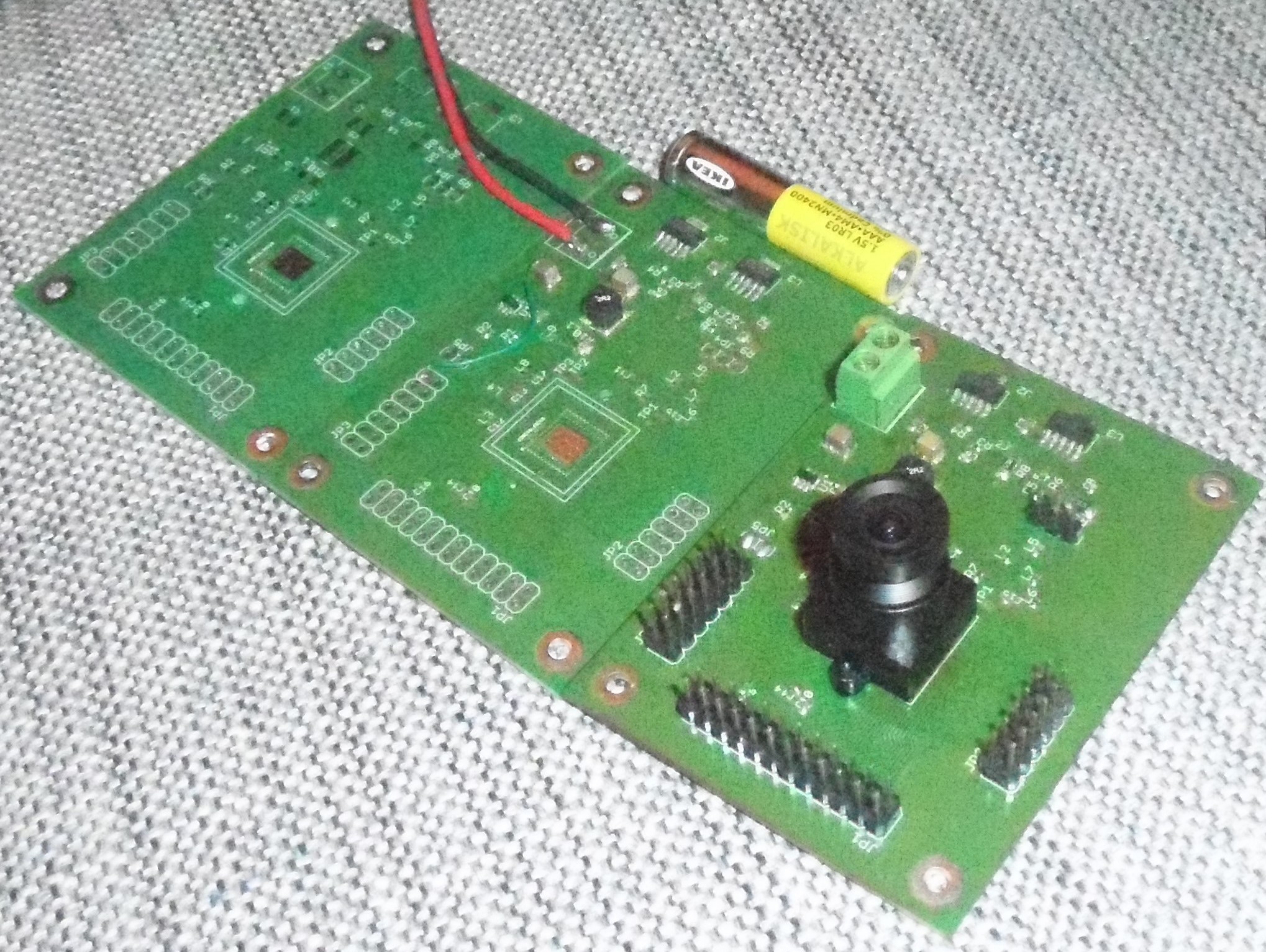
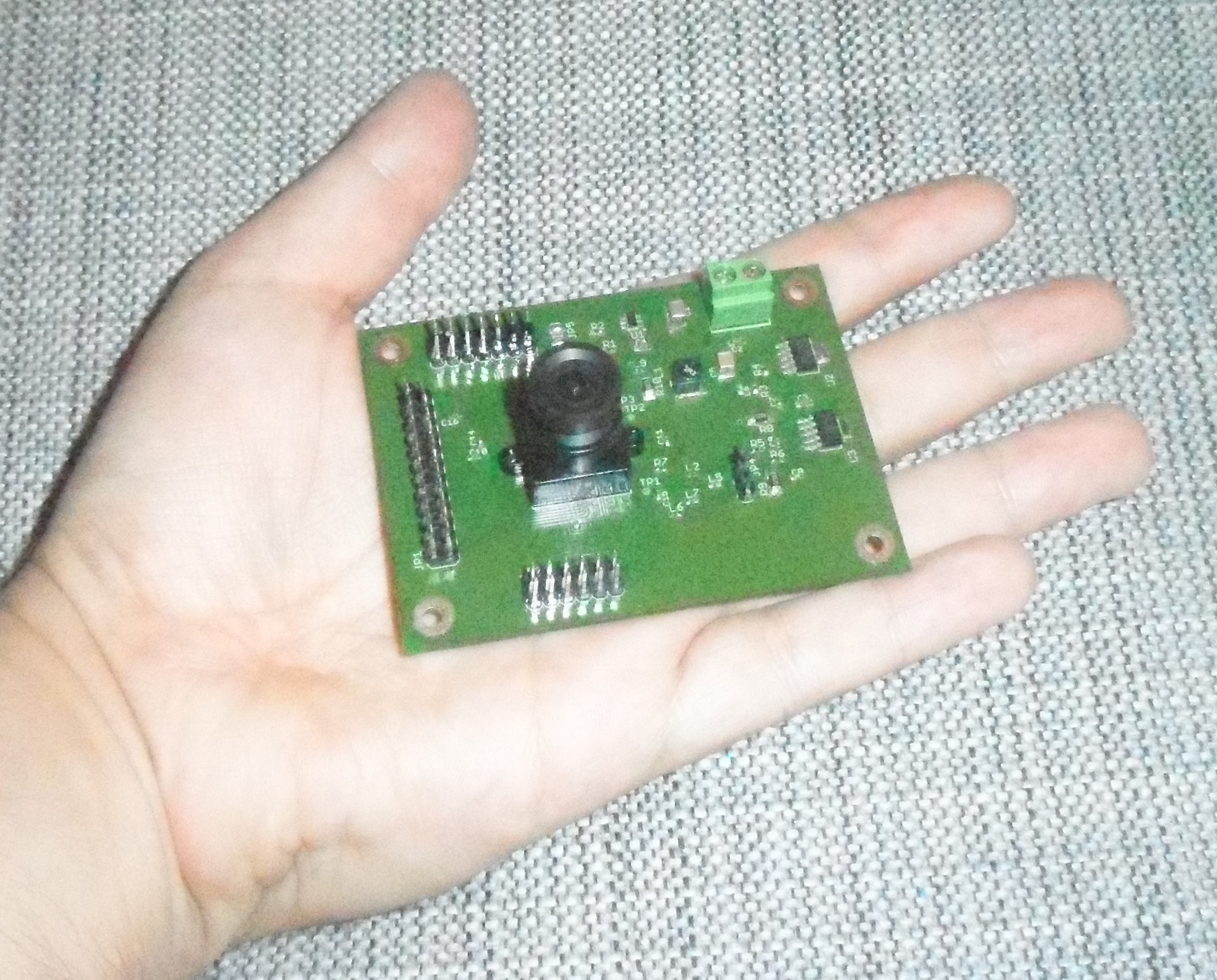
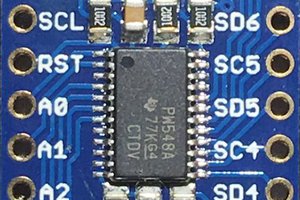
 CarbonCycle
CarbonCycle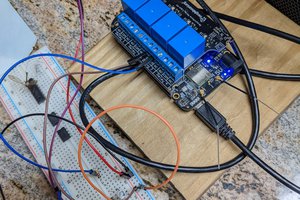
 silver2row
silver2row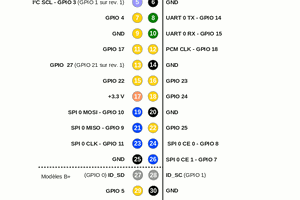
 Yann Guidon / YGDES
Yann Guidon / YGDES
 Pattern Agents
Pattern Agents
What's the status? Is this project still active?